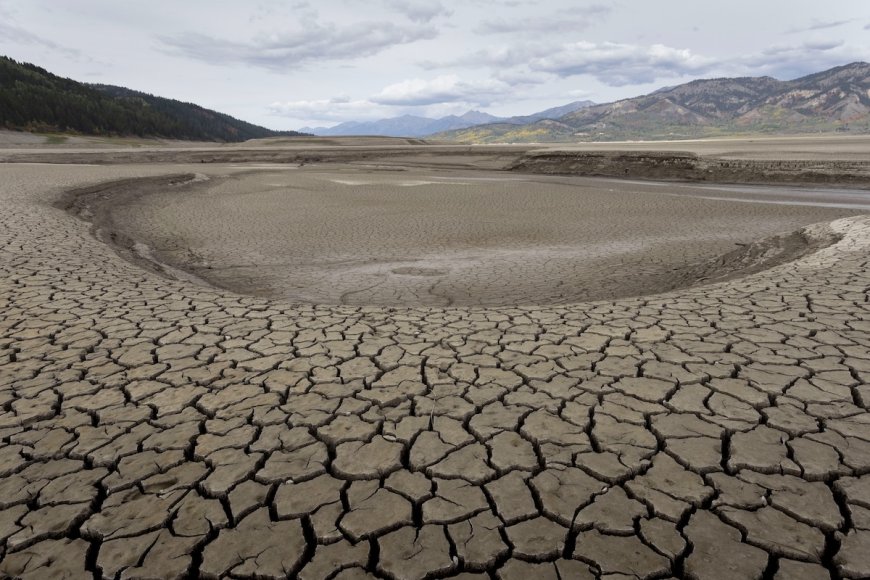Earth’s Atmosphere Faces ‘Thirstwaves,’ Scientists Warn
Scientists have coined the term “thirstwaves” to describe extended periods of atmospheric thirst when the Earth’s atmosphere more readily takes up moisture from the planet’s surface. This new term differs from droughts or heatwaves. During thirstwaves, the Earth’s atmosphere could take more water from soil and plants, prompting concerns over how these periods could affect […] The post Earth’s Atmosphere Faces ‘Thirstwaves,’ Scientists Warn appeared first on EcoWatch.

Scientists have coined the term “thirstwaves” to describe extended periods of atmospheric thirst when the Earth’s atmosphere more readily takes up moisture from the planet’s surface.
This new term differs from droughts or heatwaves. During thirstwaves, the Earth’s atmosphere could take more water from soil and plants, prompting concerns over how these periods could affect agriculture.
“This idea of thirstwaves I think is really going to catch on,” Mike Hobbins, a Cooperative Institute for Research in Environmental Sciences (CIRES) researcher at the National Oceanic and Atmospheric Administration’s (NOAA) Physical Sciences Laboratory, said in a statement. “It’s a very powerful metric and it’s a crucial distinction from heatwaves, because we have been hobbled for decades by this idea that temperature is really the only place where the information is.”
In a new study, published in the journal Earth’s Future, “thirstwave” is defined as a period of time — lasting at least three days in a row — with higher-than-usual evaporative demand compared to the historical 90th percentile amount.
Evaporative demand is a common metric that farmers use to plan water usage for crops. So with increasing risk of thirstwaves, farmers may require more water resources to grow crops.
The research, written by Hobbins and Meetpal Kukal, a research hydrologist at the University of Idaho, revealed that the chance of no thirstwaves during agricultural growing seasons has gone down dramatically from 1980 to 2021, while frequency, duration and intensity of thirstwaves in the U.S. have all increased in the same period. Frequency is up 23%, duration is 7% higher and intensity has increased by 17%.
In 2022, NOAA warned that increasing evaporative demand in the U.S. was leading to restricted water supplies, drier soil, drier crops and increased risk of fires. The U.S. Department of Agriculture’s Climate Hub has also noted that even farms in typically dry regions that have implemented adaptive techniques to grow amid droughts can experience lower yields and worsening crop quality with higher evaporative demand.
According to the study authors, the worsening threat of thirstwaves means this phenomenon requires further monitoring and reporting to mitigate impacts.
“These findings make us think about how our current water resources infrastructure, irrigation equipment, and water management should mitigate and adapt,” Kukal said in a statement. “As these pressures grow, there’s less and less room for guesswork in irrigation, so if you are under limited water conditions, you’ve got to do a better job at really tracking your water.”
As CIRES reported, Kukal is developing a tool that farmers in Idaho will be able to use to better prepare for thirstwaves.
The post Earth’s Atmosphere Faces ‘Thirstwaves,’ Scientists Warn appeared first on EcoWatch.



















































